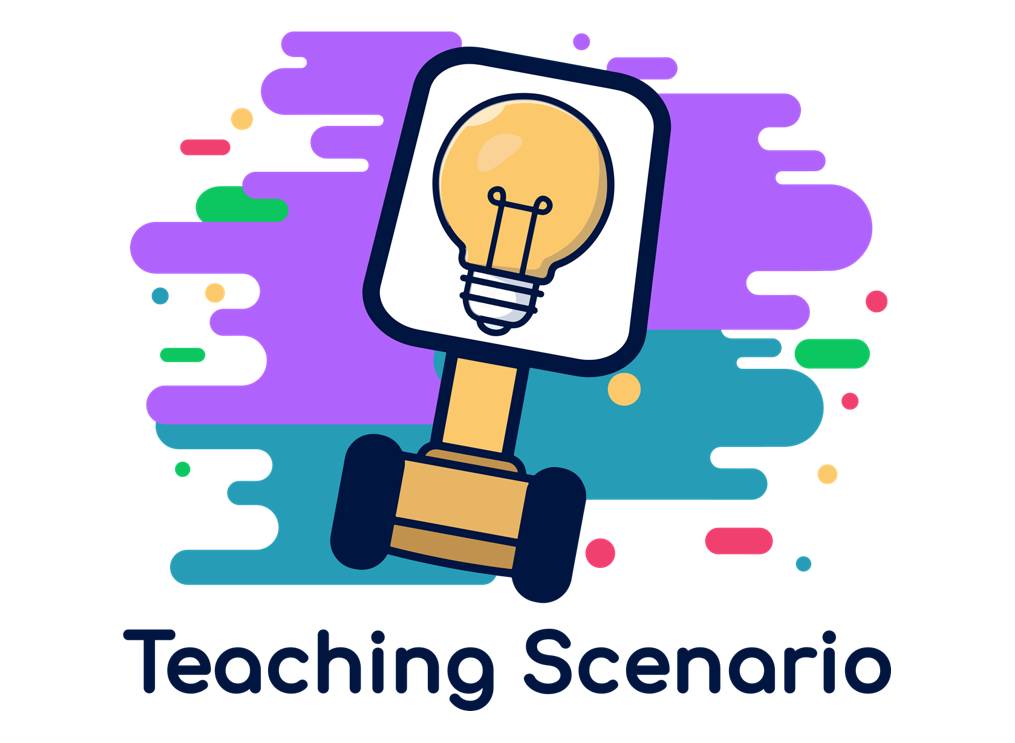
What does the future life look like? What impact will emergent technologies have on our lives?
Educational Level
Upper Secondary
Student Age
14 – 18
Number of students
activity with the whole classroom
Lesson duration
2 hours
- Reflecting on the impact of emergent technologies on all our lives.
Critical thinking should be stimulated and a self-reflection questionnaire should be filled.
- VR goggles, AR glasses, and other emergent technologies should be made available to students as a demo.
- Borrowed devices should also be considered for use in the classroom.
- A field trip to an institution or university where these devices are available could be planned.
- The opportunity to try out these devices should be provided to students.
- Adequate Wi-Fi infrastructure should be available for the smooth running of the devices.
- Devices such as laptops, tablets, or smartphones may also be required to support the use of these technologies.
Experts from the field can be invited for AMA Sessions such as:
- Technology experts from universities or research institutions
- Well-known technology bloggers or influencers
- CEOs or top executives of technology companies
- Researchers or developers working on cutting-edge technologies
- Technology journalists or writers who cover the latest trends and innovations
- Experienced technology educators or trainers who can share their insights and best practices
- Entrepreneurs or startup founders who have successfully launched innovative technology products or services
- Investors or venture capitalists who can provide insights into the business side of technology innovation
- Policy makers or regulators who are shaping the future of technology through legislation and regulation.
Case-Based Learning
Lesson Plan
Before the Lesson:
Teacher
- Educators need to prepare a list of appropriate materials for the course, including textbooks, online blogs, and science fiction reading and movies for inspiration.
- The list of materials will be provided in a preparatory phase before the course begins.
- Students will be encouraged to bring in their own materials from their own life experiences.
- The use of science fiction reading and movies can be a source of inspiration for both educators and students in the course.
- The inclusion of students’ personal materials can help to personalize the learning experience and make it more relevant to their interests and experiences.
Students
Students are expected to get into the topic of emergent technologies to the best of their ability and to write down questions and topics worth discussing.
Lesson:
Teacher
In the first lesson, the teacher should share with his students about the topic.
In the second lesson, an expert should be connected to the TPR and give an inspiring short talk. Afterwards, the students can ask their questions and discuss.
As homework the students should write a reflection paper, in the best case these will also be discussed in a following lesson.
Students
see teacher
After Lesson:
Teacher
Read homework / reflection essays
Students
Homework / reflection essay
Media and materials:
Public access material and textbooks suitable for the age group and topic according to the curriculum.
This is for example a literature report from the DS4AIR Erasmus+ project: Download
Author: Alexander Pfeiffer (B & P – Emerging Technologies Consultancy Lab Ltd)
How did this Teaching Scenario work for you?
Have you tried this or a similar Teaching Scenario?
Feel free to share your experiences with a comment below.
Possible questions for your evaluation of the TRinE Teaching Scenario
- What feedback / reflection was provided by the teacher?
- How is the feedback from the students?
- Why did you decide to use TRs?
- How did the TRs inform your lesson plan?
- What shifts or stretches are you making regarding the TRs?
Does the use of the Telepresence robots:
- align to learning outcomes?
- align to assessment?
- support your educational context?
- differentiate for individual students?
- enhance student thinking by addressing different levels of thinking?
- extend learning authentically beyond the classroom?
- increase engagement and active learning?
- promote and support collaboration?
- provide opportunities to construct knowledge?
Are the students participating / motivated / progressing?
Create your Teaching Idea!
1. Read through our TRinE Guide for Teachers to learn more about designing a lesson with a Telepresence Robot. Browse through our TRinE Ideas and get inspired!
2. Download the Word template here to describe and evaluate your teaching scenario.
3. Contact us and send us the form if you want to publish your Teaching Scenario on our website.


0 Comments